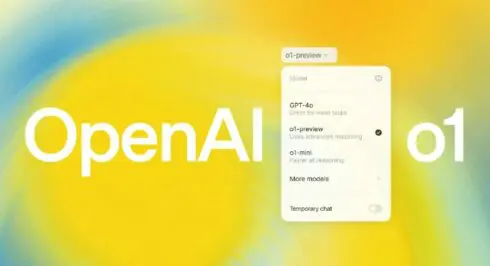
OpenAI has released the first preview for OpenAI o1, a new series of AI reasoning models that are able to handle more complex tasks than previous models. This is because they spend more time thinking through the problem before responding.
“We trained these models to spend more time thinking through problems before they respond, much like a person would. Through training, they learn to refine their thinking process, try different strategies, and recognize their mistakes,” OpenAI wrote in a post.
OpenAI claims that these models perform similar to a PhD student in physics, chemistry, and biology-related tasks. It is also highly capable of solving math and coding problems. For instance, it could be used by healthcare researchers to annotate cell sequencing data, by physicists for generating quantum optics formulas, or by developers to build and execute multi-step workflows.
In testing, the o1 model correctly solved 83% of problems on the International Mathematics Olympiad qualifying exam, while GPT-4o only solved 13% of the problems. O1 also scored in the 89th percentile in Codeforces competitions.
The company said that the models represent such a significant step forward in complex reasoning and a new level of AI capability, inspiring the name of “o1.” “Given this, we are resetting the counter back to 1 and naming this series OpenAI o1,” OpenAI said.
It is being released as a preview in ChatGPT and the OpenAI API, but it doesn’t quite have all of the features that typically make ChatGPT useful, like browsing the internet for information or uploading files. For those common use cases, OpenAI says that GPT-4o is more capable for now.
OpenAI is also releasing o1-mini, which is smaller, faster and 80% cheaper than o1. It is advantageous for scenarios where complex reasoning is needed, but real world knowledge isn’t necessary.
ChatGPT Plus and Team users can now access the o1 preview models, but are limited to 30 messages for o1-preview and 50 for o1-mini. The company says it will be working to increase those limits and to enable ChatGPT to automatically select the right model for a prompt (for now o1 needs to be manually selected).
“This is an early preview of these reasoning models in ChatGPT and the API. In addition to model updates, we expect to add browsing, file and image uploading, and other features to make them more useful to everyone. We also plan to continue developing and releasing models in our GPT series, in addition to the new OpenAI o1 series,” the company concluded.






